10 mistakes gardeners make in a heatwave – and what experts advise instead
Don't let your plants wilt as the temperatures soar. We've asked the pros how to look after our garden when it's hot, and the mistakes gardeners make in a heatwave
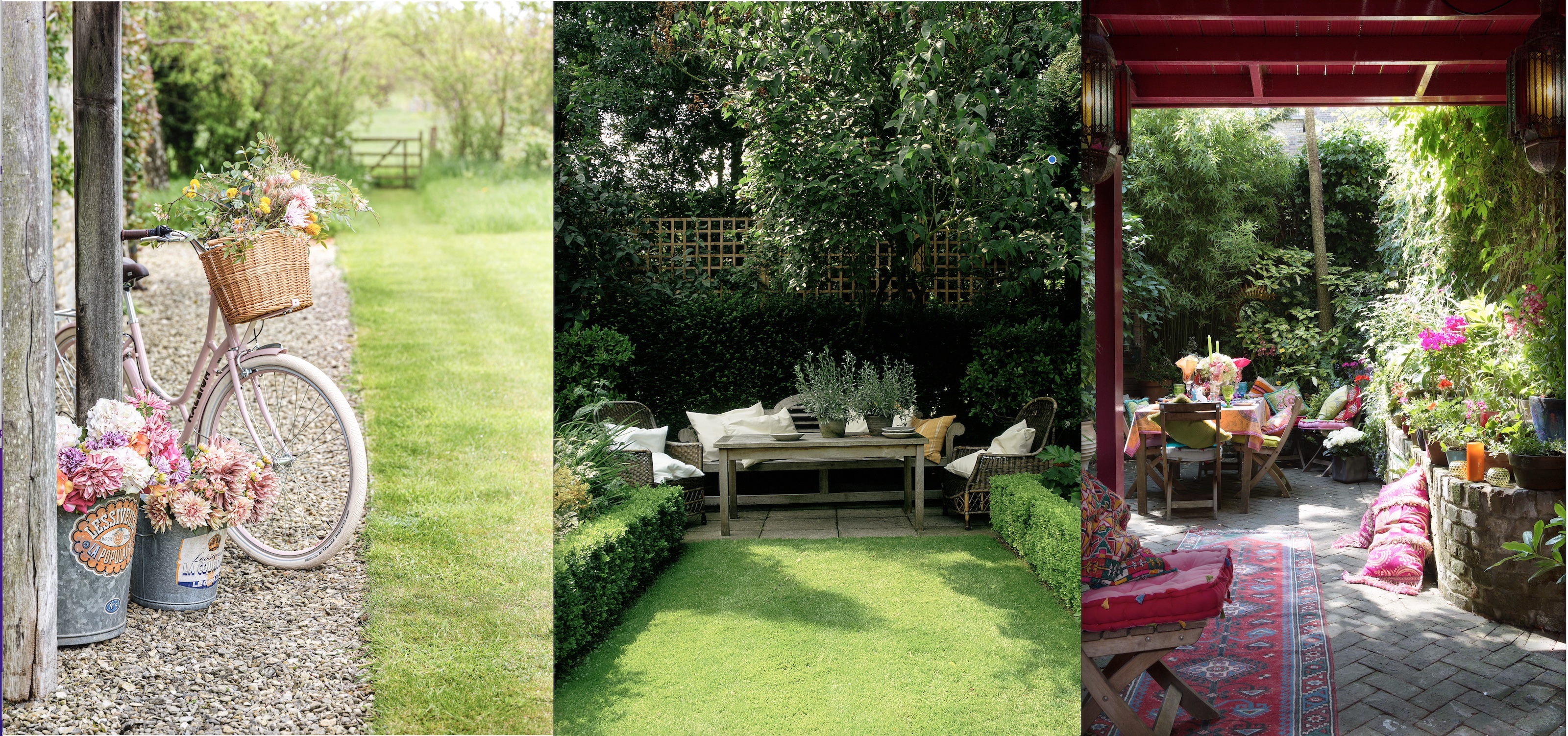

When the temperature soars, the plants in our backyards can start to droop. Hot weather, blazing sunshine, too little shade and a lack of water can all result in yellowing leaves, dry sod and falling petals that can hijack even the best laid garden ideas.
If you want to keep your garden yard looking lush, the temptation is to rev up the sprinkler, flood the ground, and water, water, water… But being too generous with the hose can cause more problems than it solves, warn the pros.
We find out the common mistakes gardeners make in a heatwave – and what to do instead to keep your plot looking green and gorgeous in the sunshine. If you're looking to protect plants in a heatwave, you'll want to avoid these errors.
Mistakes gardeners make in a heatwave: the dos and don'ts according to the pros
Good backyard landscaping ideas and pre-planning can stop heatwaves becoming a problem in your backyard before they even start.
'People take pride in their gardens and spend a lot of time and money on their maintenance, therefore it is important that we are equipped to take care of them during a heatwave,' explains Anna Hampshire, Head of Marketing from Marshalls. 'Some forward-planning with your garden design can help you fare better in hot summers.
'Consider where the garden gets the sun at different times of the day and locate your features accordingly,' Anna suggests. 'Create a play spot for the children in a spot that gets the shade when school's out in the afternoon. Keep flower beds and veg patches cool by adding mulch. And place your BBQ or outdoor kitchen in a sunny spot so you can grill as the sun sets and still stay warm.'
But when the heatwave hits, you might mistakenly jump to conclusions that do more damage than good. We asked the pros what not to do, so you can keep your cool when the garden going gets hot.
Sign up to the Homes & Gardens newsletter
Design expertise in your inbox – from inspiring decorating ideas and beautiful celebrity homes to practical gardening advice and shopping round-ups.
1. Keeping containers in full sun
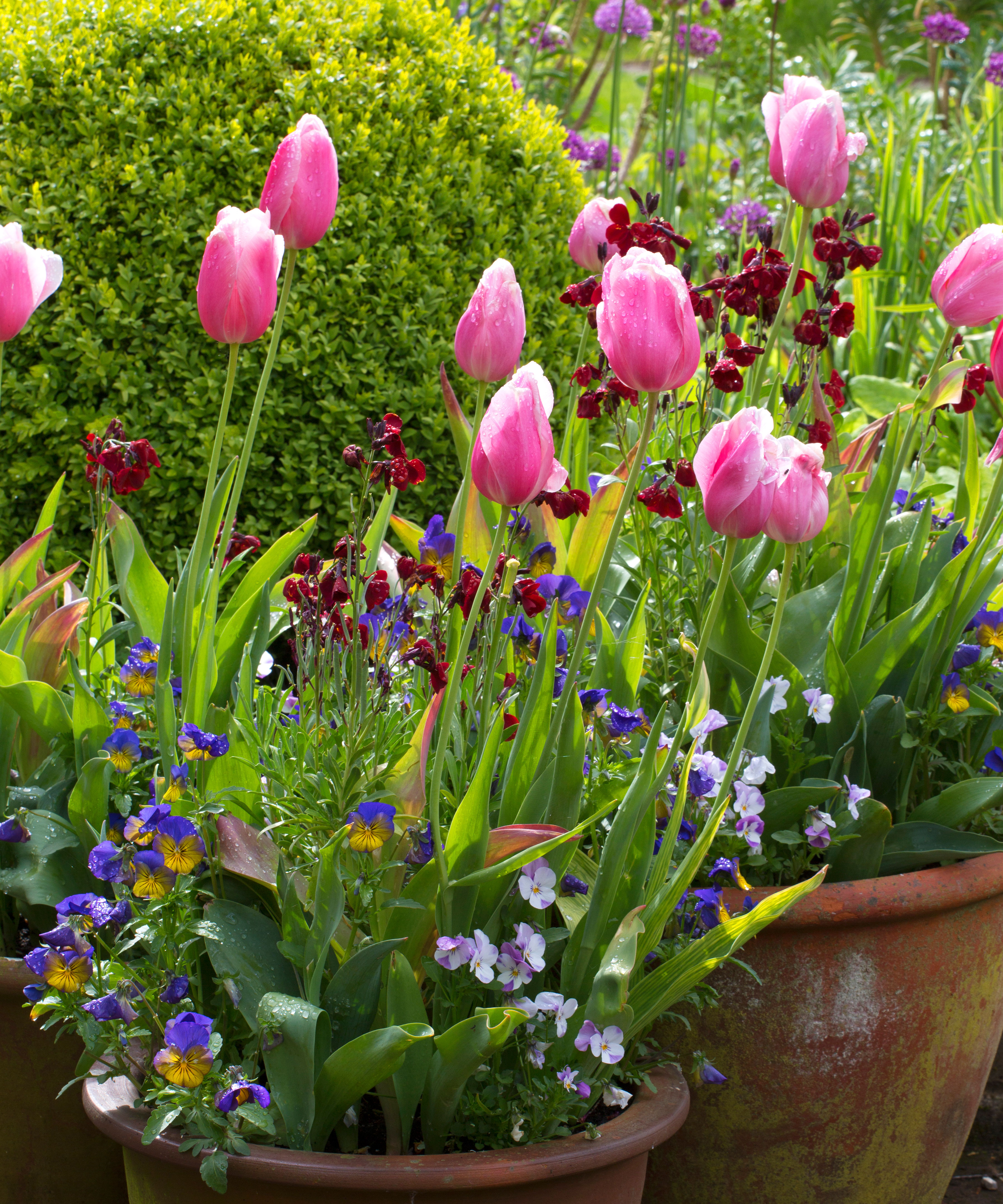
Container garden ideas, with pots filled with bright and colorful plants, can be the showpiece of our yards and gardens. But they are vulnerable to hot weather. The good news? They can easily be moved out of the sun until the heatwave has passed.
'Sunshine can cause damage to leaves and scorch them – it can turn the leaves brown and flowers to drop off,' says Nikki Hollier, RHS Chelsea Flower Show medal winner and founder of Border in a Box.
'If they’re in pots, move them into dappled shade to protect them. If they’re in the ground, you could use an open garden parasol to create some garden shade ideas and protection from the sun.'
2. Mowing the lawn
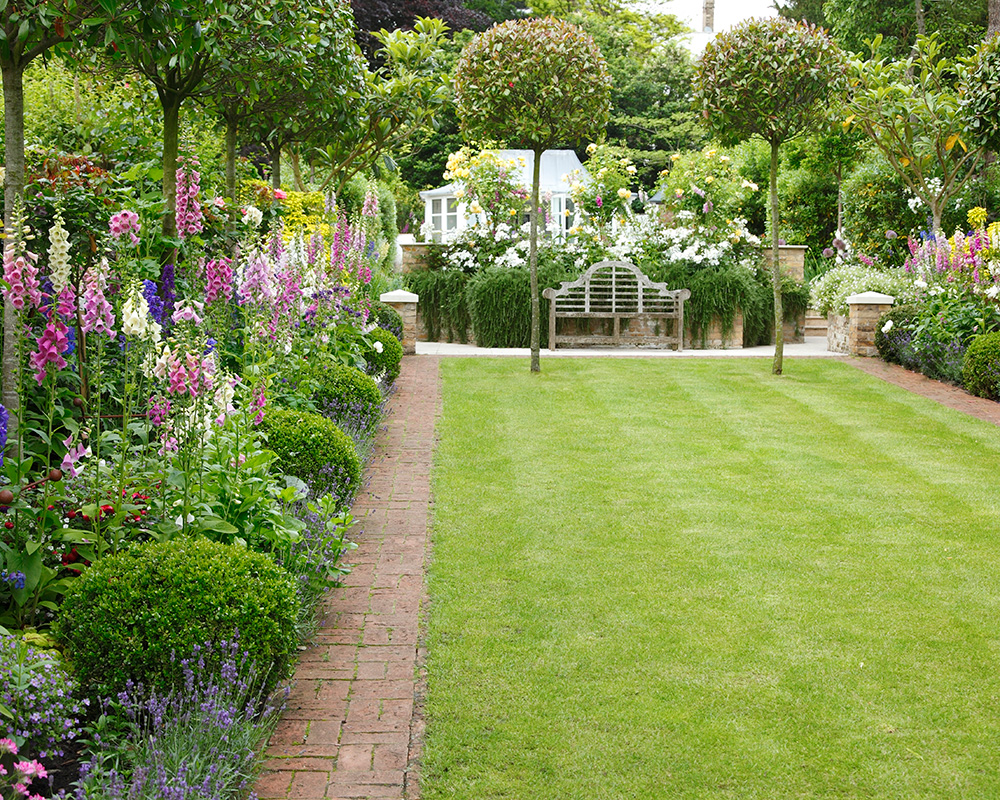
The question of how often should you mow your lawn is guaranteed to keep gardeners awake at night. But there's a simple answer during a heatwave – don't do it!
'Remember that a short heatwave is not an issue, so try not to panic,' says Chris Mcilroy, lawn expert' at The Grass People. 'A medium term heatwave can kill off your lawn or put it into a high state of stress where the grass turns yellow but will recover over time. But if it becomes straw-like, it’s dead.
'The advice is no feeding or mowing the lawn during a heatwave,' says Chris. Feeding the lawn will mean the grass seeks extra water and resources as it strives to grow. While mowing the lawn will increase the stress even further.
If you know hot weather is coming, mow the lawn before the temperatures climb too high and leave the cuttings on the ground to shelter the soil.
3. Planting new flowers and shrubs
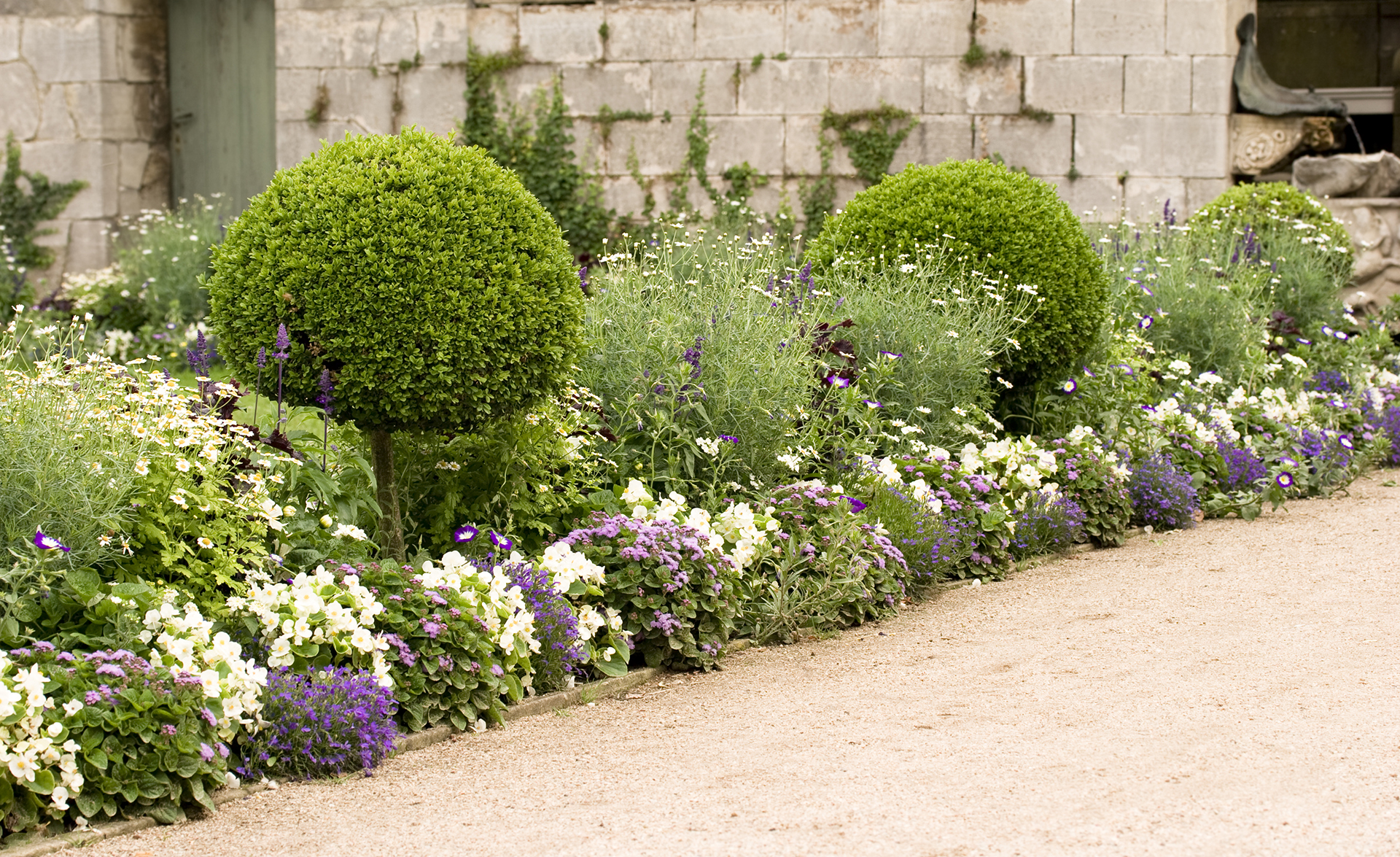
If your garden is looking a little dry and tired, you may be tempted to plug the gaps with some lush new plants – but the pros advise against this.
'Digging up soil during intense heat can cause a loss of water and increased temperature for the soil, which can lead to unsuccessful planting,' explains Anna Hampshire from Marshalls. 'Instead, plants should be put in the soil during cooler periods – and if possible, using companion planting to help shade the soil.'
Trimming existing plants is also a no-no during times of extreme heat. Pruning plants will signal them to grow, which uses vital energy and water which obviously needs to be preserved in heat, so what until the heatwave has passed to give plants a good trim.
4. Watering at the wrong time
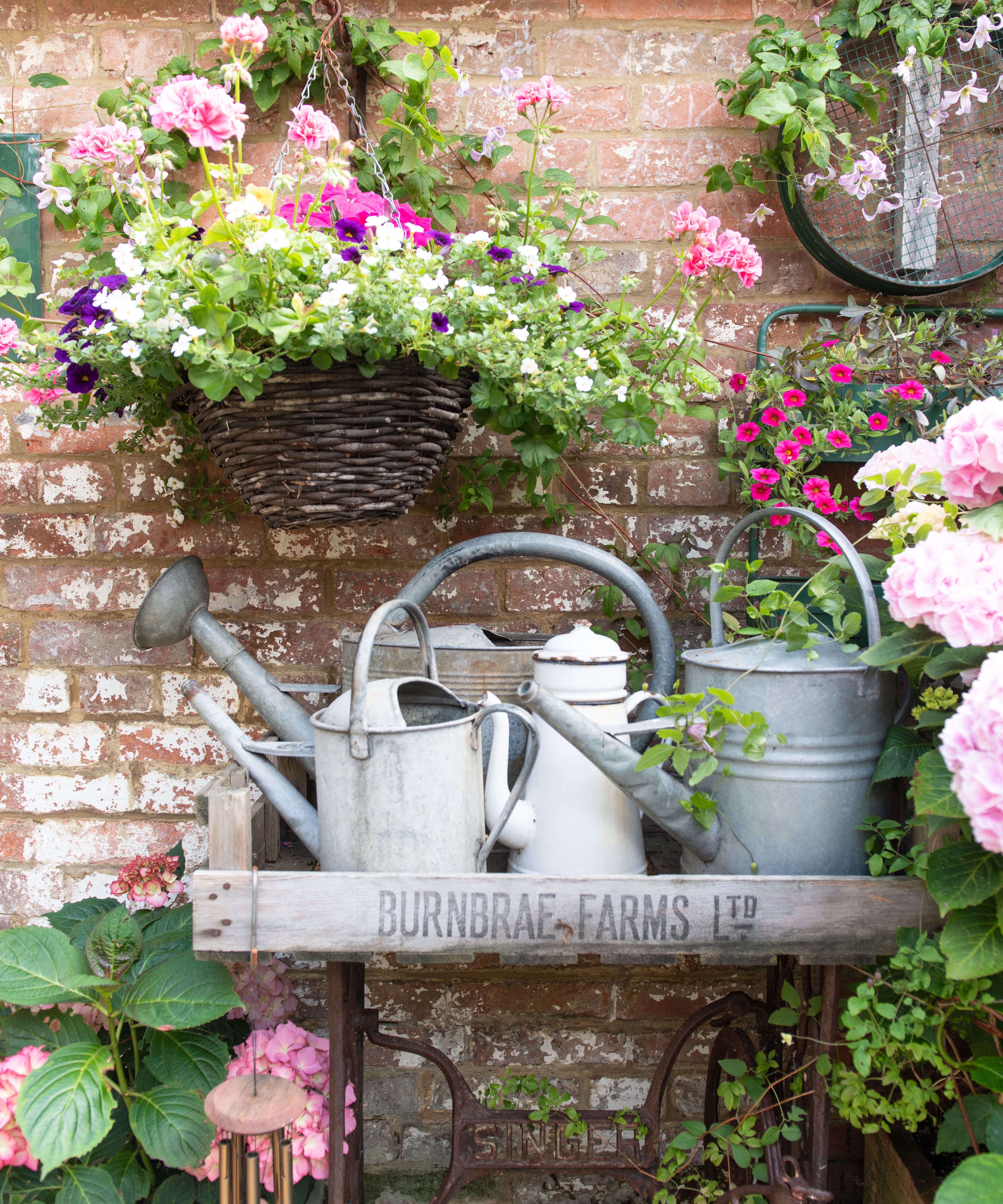
Water is essential to keep plants lush, hydrated and thriving in the hot weather, but knowing when to water plants (and when not to) is crucial.
'Water plants in the morning before it gets hot,' advises Nikki Hollier, founder of Border in a Box. 'For containers, keep an eye on smaller pots in particular as they can dry out quickly in the heat and may need watered more often. And water the soil, not the leaves.
'If the plants are in the ground, add a mulch to the surface to reduce water expiration. This also reduces weeding, so it's a double win!'
5. Flooding the lawn
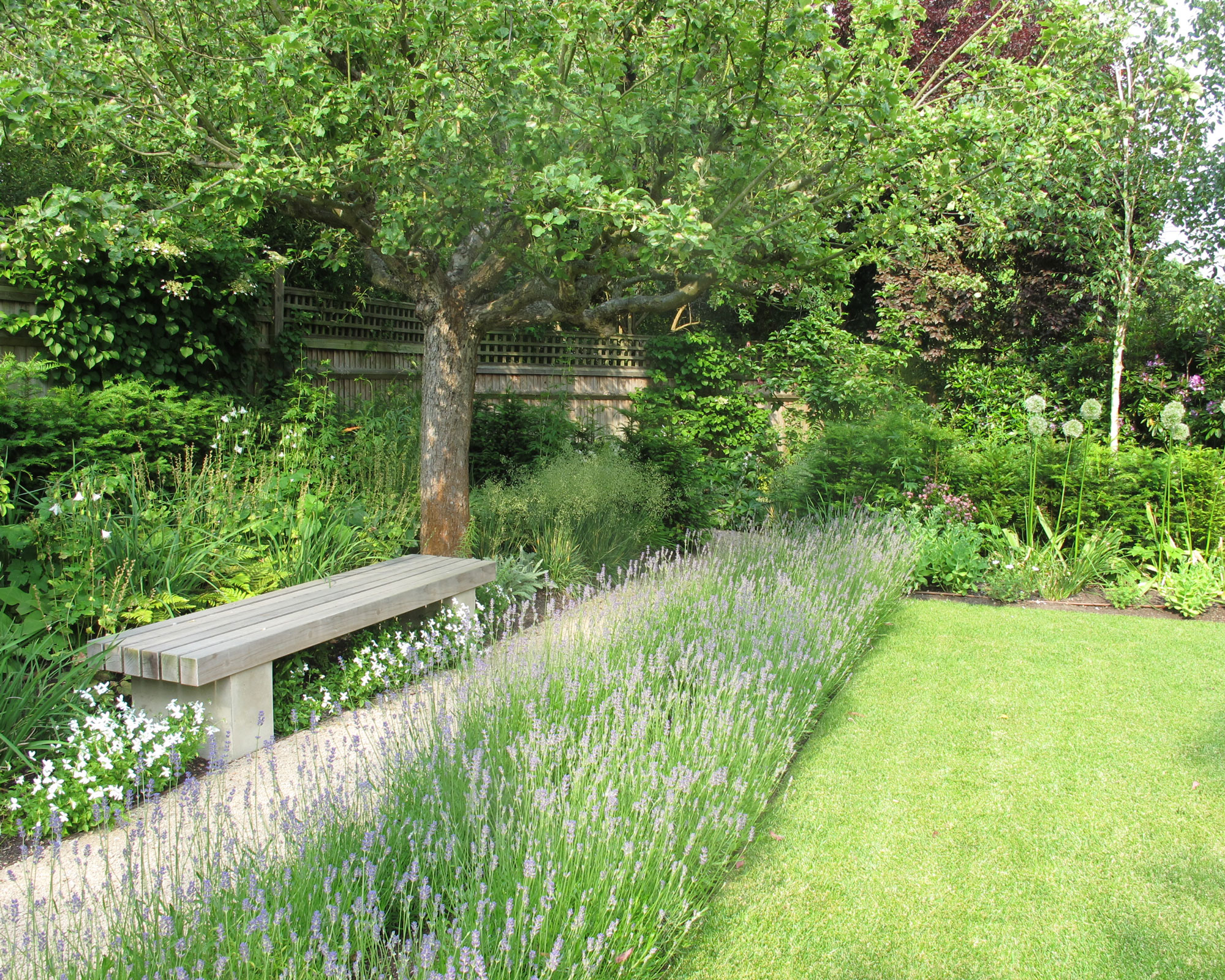
A lush green lawn is a gardener's goal, so the thought of yellowing turf, dried out and straw-like in the hot sun, can be heartbreaking.
Knowing when to water grass will keep it in top condition. 'It’s a good idea to water grass once a week if it’s not raining, but be careful not to flood the grass. In extreme summer heat, a good guide is 5 gallons water a week for every 1 square yard of lawn,' advises Chris Mcilroy from The Grass People.
'If drought conditions persist, soil can become very dry and hard, which can make it difficult for the water to permeate, so it’s important to know how to aerate a lawn with either a plug aerator or a spike aerator, which create holes in the ground allowing water and oxygen to filter through.'
6. Wasting precious water
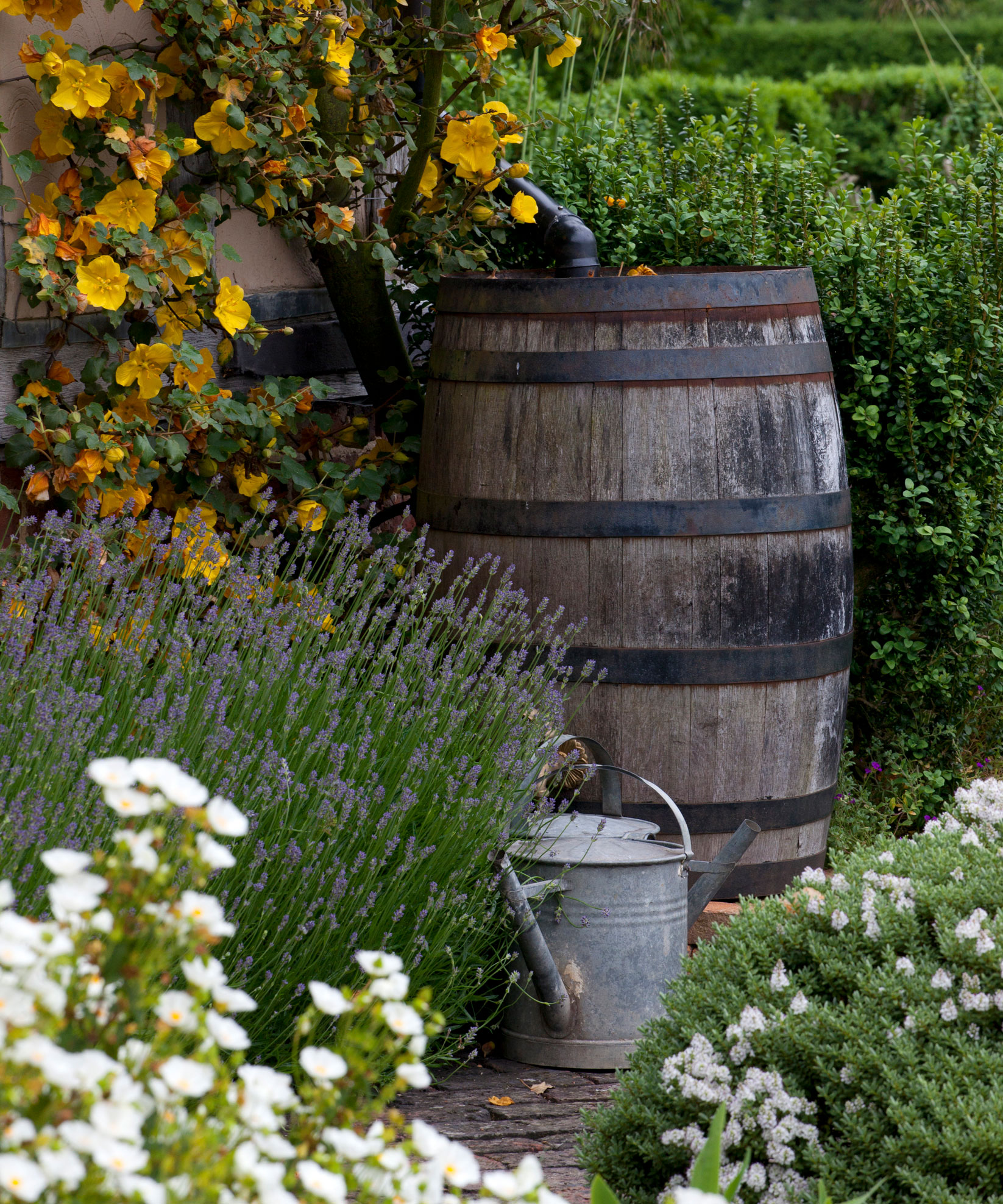
Hosepipes and sprinklers may keep the water flowing, but they also use a lot of this precious resource.
If you want to conserve water, or make your gardening more sustainable, 'refrain from using a hosepipe and instead use a good old-fashioned watering can, ideally with recycled rainwater,' says Anna Hampshire from Marshalls.
Rainwater harvesting needn't be a big affair; a water butt is a great way to collect rainwater, saving on tap water costs and reducing pressure on local water supplies.
7. Not watching for wilt
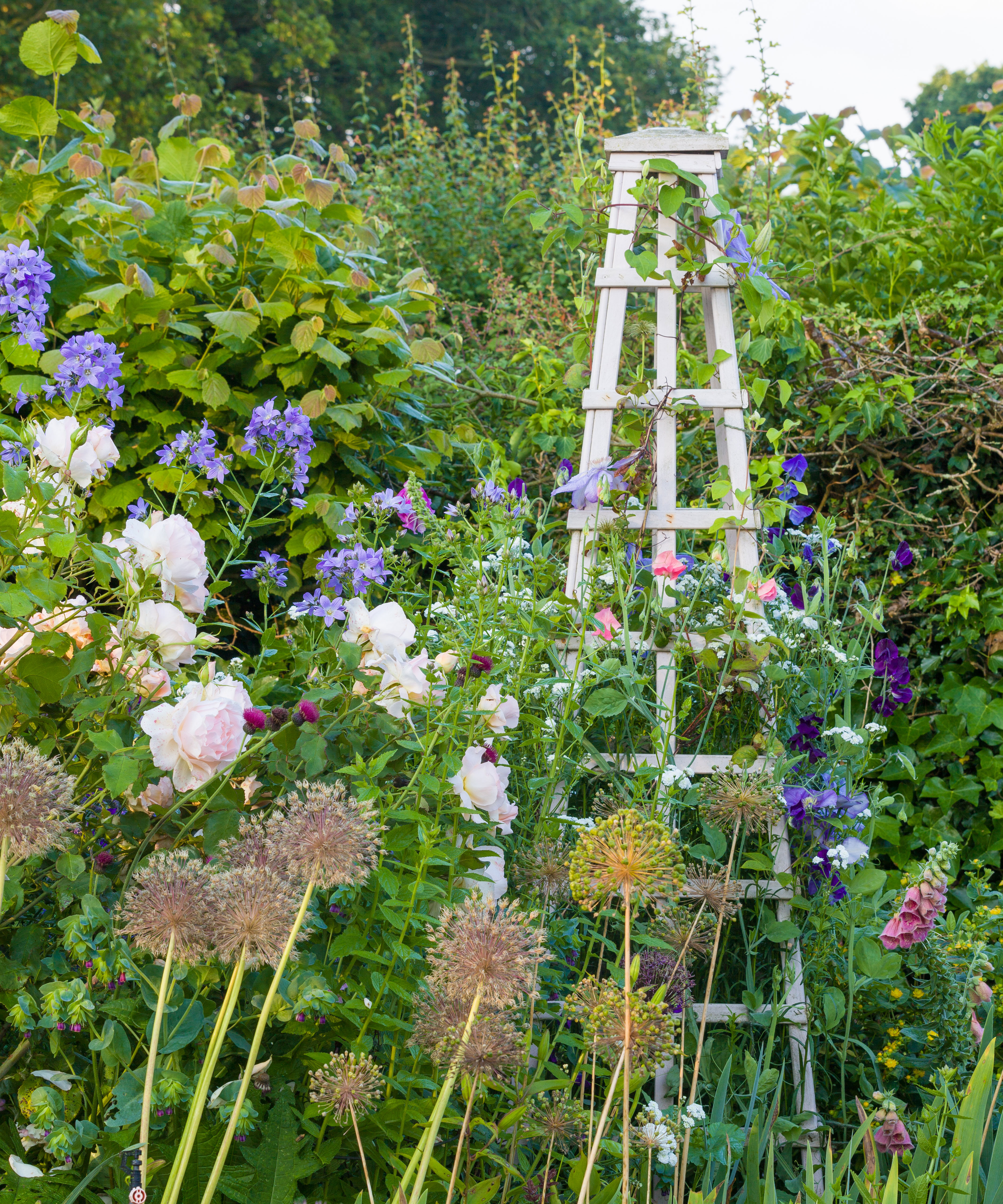
Plants affected by excessive heat will reveal clues that they are struggling – look for wilting leaves and drooping branches, and dry and yellowed leaves.
'The parts of the plants furthest from the roots are usually affected first and most severely,' explains Nikki Hollier from Border in a Box.
'Newly planted climbers, shrubs and especially trees are at extra risk because their root system takes several years to develop to the point where they are drought-proof.'
8. Not watering hard landscaping

It may be counterintuitive to water a part of the garden without plants, but those large areas of hard landscaping are definitely impacted by high temperatures and strong sun.
Hard landscaped areas such as patios and driveways can become extremely uncomfortable in a heatwave. 'We would suggest cooling these areas for children or pets simply by using water, especially if your driveway or patio is dark in color,' says Anna Hampshire from Marshalls. Only, of course, if there isn't a water shortage in your area.
9. Neglecting the veg patch
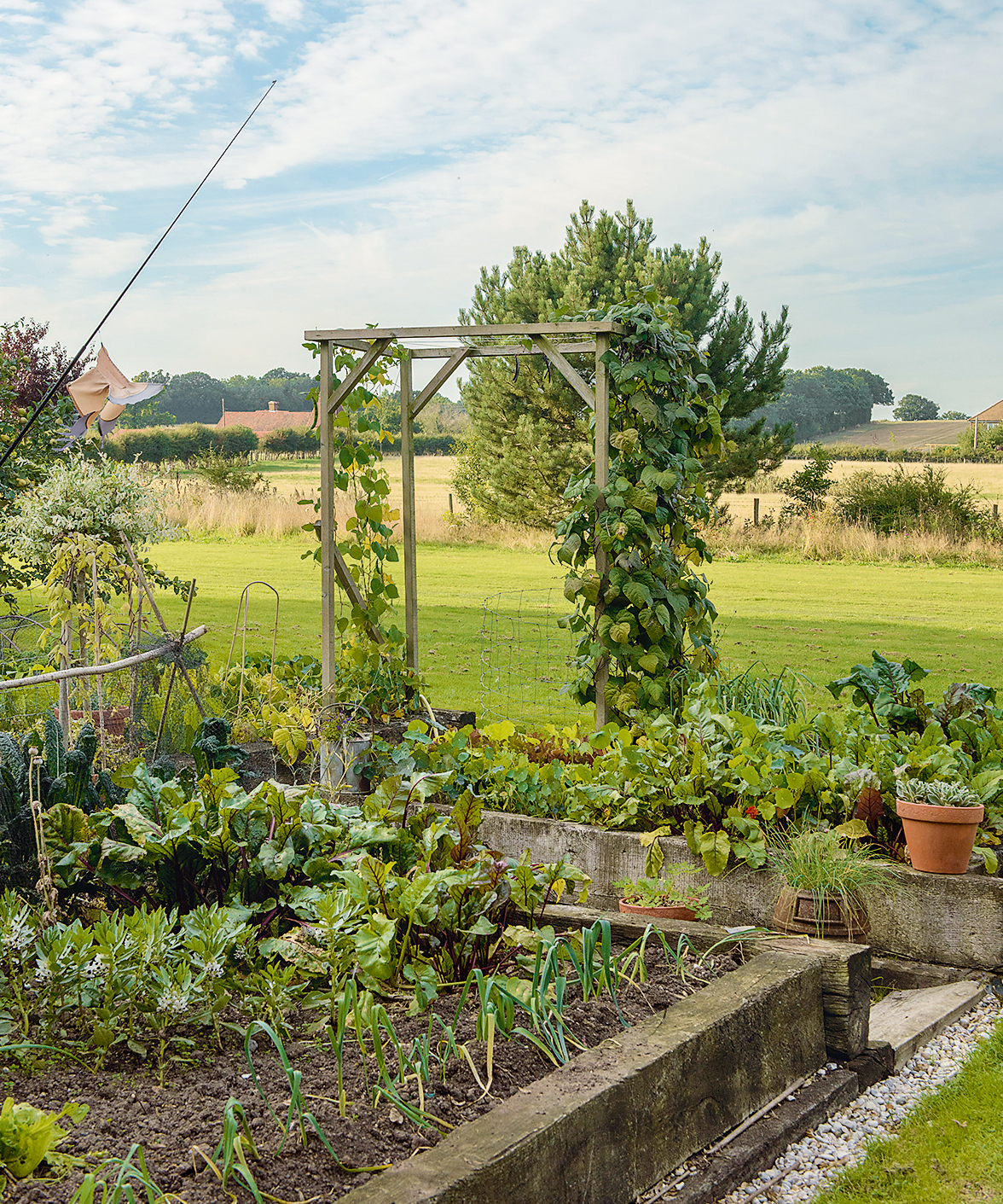
Fruit and vegetables need plenty of water in order to become ripe, plump and luscious, so don't skip the vegetable garden ideas during your heatwave plans.
In extreme heat, water your plot in either the morning or evening; during the heat of the day, the water will evaporate too quickly to hydrate the plants.
It can also help to shelter your homegrown crops with a canopy – even a sheet on bamboo poles is enough to provide essential shade.
10. Forgetting your houseplants
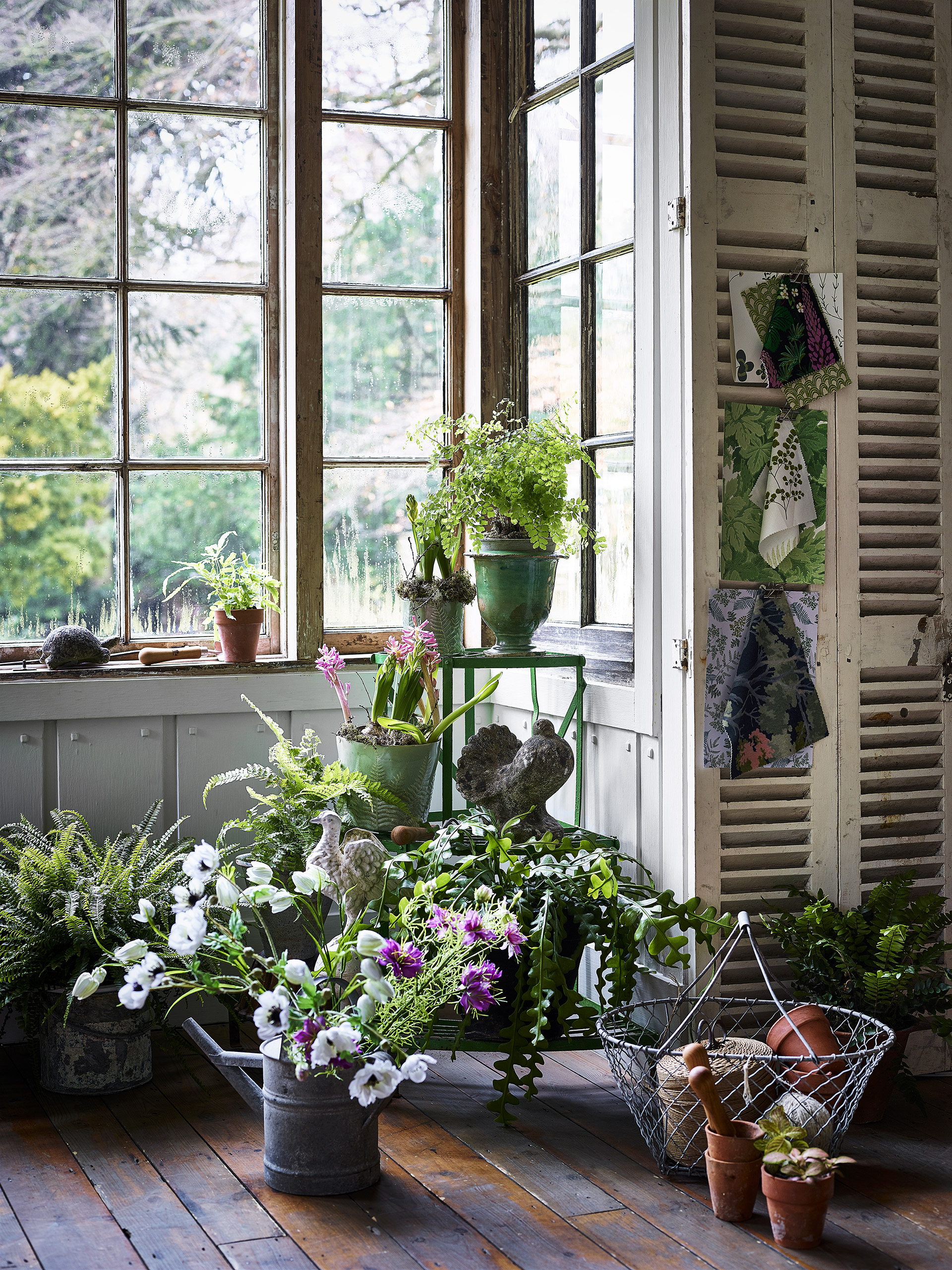
With all the focus outside, don't forget that the heatwave can affect even the best indoor plants, too.
Just like garden plants, houseplants are best watered early in the morning, before the day warms up. When it comes to how often should you water houseplants, a weekly top-up is usually sufficient, they may need extra water during a heatwave.
'A good way to check to see if your plant needs additional is to push your finger an inch or so down into the soil; if this is dry to touch, then your plant likely needs watering,' explains Dani Turner, customer experience director at Bunches.
'Misting to boost humidity is also a great way to mimic your plants' natural environment, particularly for tropical plants,' explains Dani. 'Misting can also prevent overwatering while still providing them with the moisture they need.
Finally, just as you would move outdoor container plants into the shade, you should reposition houseplants away from direct sunlight.
'The leaves of your plants are prone to being sun scorched – yes, plants can get sunburn too! The best way to avoid this is to move them away from windows and further into your home,' says Dani.
How do you protect plants from hot sun?
Even sun-loving plants can suffer when the sun blazes down during a heatwave. If your plant is in a container, the easiest option is to remove the pot to a cooler spot in full or partial shade.
If that's not possible, you could construct a temporary sun shield – a sheet tied on to bamboo stakes, or even a garden parasol positioned over a vulnerable plant in the flower bed.
How often should you water plants in a heatwave?
A natural instinct during a heatwave is to water plants multiple times a day but this can lead to overwatering.
'Instead plants should be watered once a day during the cooler periods, in the morning or evening, using a watering can to avoid hosepipe usage,' suggests Anna Hampshire, Head of Marketing from Marshalls. 'Even better, get ahead of the next heatwave by adding a water butt to your garden, so you can recycle rainwater for plant watering.
'Another tip for watering plants in a heatwave is to ensure shallow watering. This refers to feeding plants at the soil’s surface, encouraging plants to find water near the surface can help them survive periods of drought.'
Andrea has been immersed in the world of homes, interiors and lifestyle since her first job in journalism, on Ideal Home. She went from women's magazine Options to Frank. From there it was on to the launch of Red magazine, where she stayed for 10 years and became Assistant Editor. She then shifted into freelancing, and spent 14 years writing for everyone from The Telegraph to The Sunday Times, Livingetc, Stylist and Woman & Home. She was then offered the job as Editor on Country Homes & Interiors, and now combines that role with writing for sister title homesandgardens.com.
-
 Ina Garten's storage pantry is an insightful window into all of the best cookware used by the chef – and it's easy to recreate on your kitchen shelves from $48
Ina Garten's storage pantry is an insightful window into all of the best cookware used by the chef – and it's easy to recreate on your kitchen shelves from $48The beautiful dishware in The Barefoot Contessa's Hamptons pantry showcases the tools she uses most often to cook – this is exactly how you replicate it
By Sophie Edwards Published
-
 Extend the lifespan of your appliance with 5 simple but crucial washing machine maintenance tips
Extend the lifespan of your appliance with 5 simple but crucial washing machine maintenance tipsFrom cleaning the filters to keeping the door open, experts reveal the washer tips they swear by
By Andy van Terheyden Published